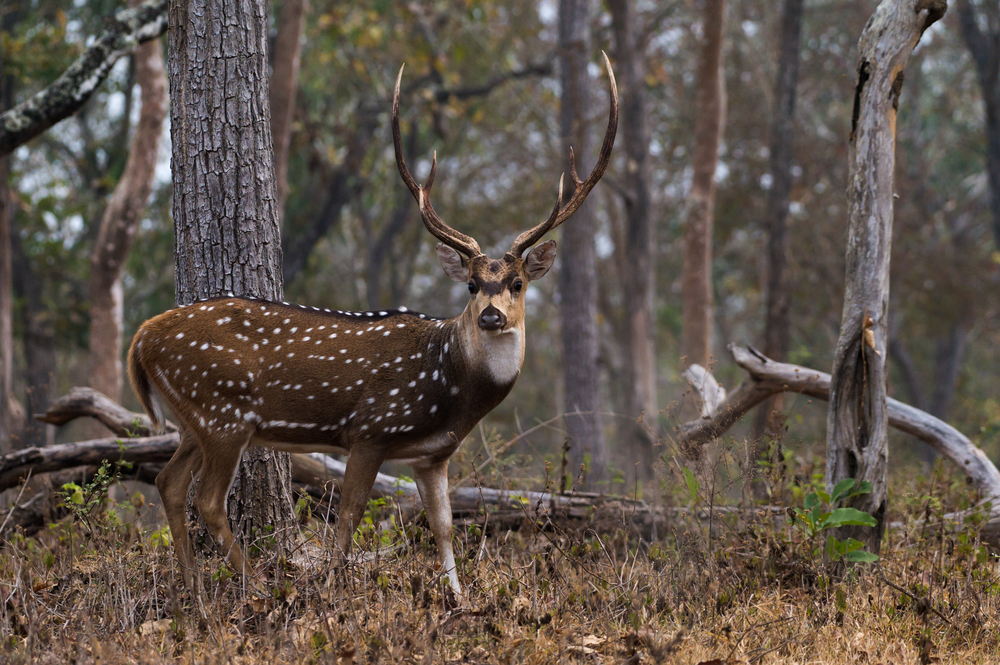Mudumalai Overview
Mudumalai National Park, also known as Mudumalai Tiger Reserve, is located in the southern Indian state of Tamil Nadu, near the borders of Kerala and Karnataka. Spanning an area of approximately 124 square miles (321 square kilometers), this park forms a crucial part of the Nilgiri Biosphere Reserve, a UNESCO-designated site. The name “Mudumalai” translates to “ancient hill” in Tamil, reflecting the region’s rich natural and cultural heritage. Nestled in the picturesque Western Ghats, the park is a critical corridor that connects various wildlife reserves, including Bandipur National Park and Wayanad Wildlife Sanctuary.
The terrain of Mudumalai National Park is a fascinating blend of undulating hills, valleys, and flatlands, with elevations ranging from 980 to 4,265 feet (300 to 1,300 meters). Its diverse landscapes host several rivers, including the Moyar River, which meanders through the park and forms the spectacular Moyar Gorge, a significant attraction for visitors. The vegetation varies from dense tropical moist deciduous forests and dry deciduous forests to thorn scrub and patches of montane grasslands. Dominant tree species include teak, rosewood, Indian kino, and bamboo, which create a lush habitat teeming with life.
Mudumalai is renowned for its extraordinary biodiversity, serving as a haven for countless species of wildlife. Among its most iconic residents are the Bengal tiger, Indian leopard, and Asian elephant. Other notable mammals include sloth bears, Indian gaurs (bison), and spotted deer, along with smaller species like the Malabar giant squirrel and jungle cats. Bird enthusiasts are drawn to the park’s rich avifauna, with over 260 recorded species, such as the Malabar trogon, crested serpent eagle, and grey junglefowl. Reptiles like Indian rock pythons and marsh crocodiles also thrive in its ecosystems.
Visitors are captivated by Mudumalai’s unique blend of natural beauty and wildlife. Popular features include the Moyar Watchtower, which offers stunning views of the river and surrounding landscapes, and the Theppakadu Elephant Camp, where visitors can observe and learn about elephants in a managed environment. Safari experiences, either in jeeps or vans, are among the most common ways to explore the park, providing an excellent opportunity to witness its diverse wildlife up close. Additionally, nature walks and birdwatching tours allow visitors to immerse themselves in the serene environment.
Conservation efforts at Mudumalai National Park are critical due to threats like habitat fragmentation, human-wildlife conflict, and poaching. The park is managed under the National Tiger Conservation Authority’s Project Tiger, which has successfully increased the tiger population and enhanced habitat protection. Community involvement in conservation initiatives, such as eco-tourism and awareness programs, has also contributed to the park’s success. However, challenges persist, particularly regarding balancing the needs of local communities with wildlife protection efforts.










































































